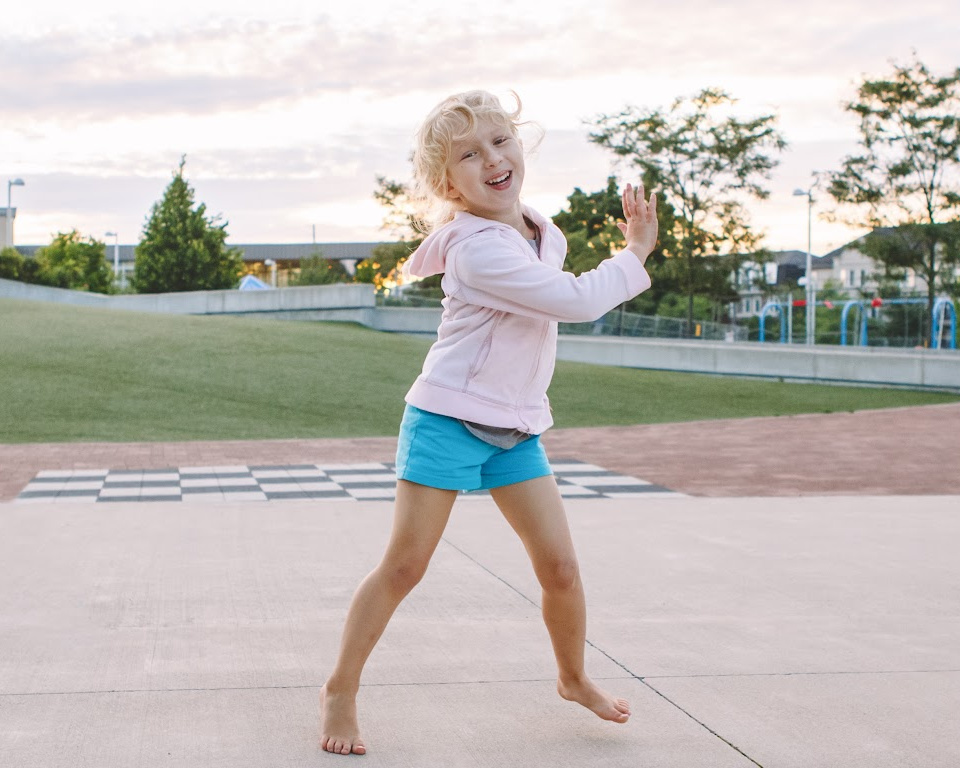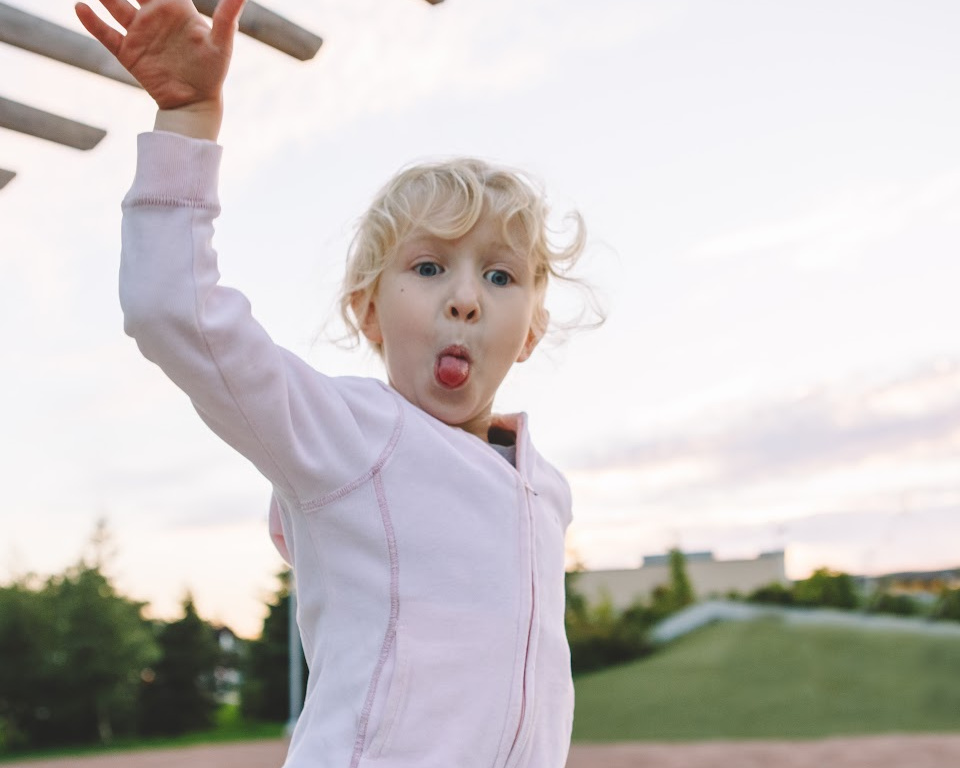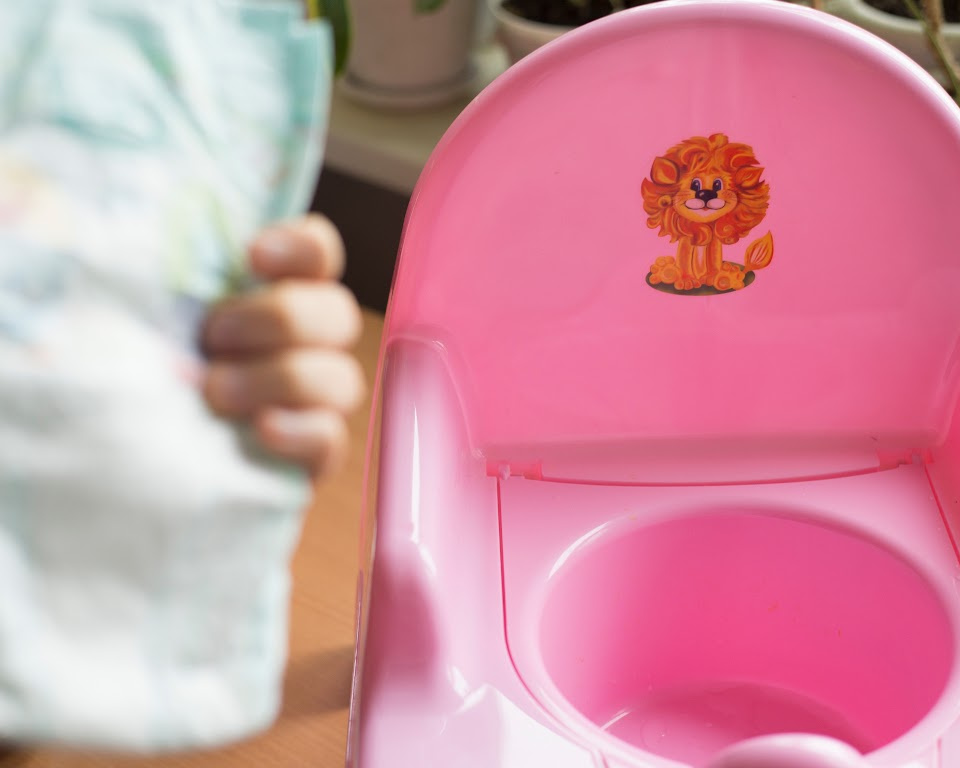Understanding how to communicate with a nonverbal autistic child is a challenge many parents, caregivers,…

Why My Autistic Child Laughs for No Reason: A Simple Explanation
Do you ever wonder why your autistic child laughs for no reason? It can be confusing and challenging to understand their laughter when there is seemingly no apparent cause. In this article, we will explore the causes and nature of autistic laughter and provide you with a simple explanation.
Autistic children may laugh or giggle for a variety of reasons that may not be easily understood by others. While some laughter may be prompted by happiness or finding something funny, there are deeper underlying factors at play.
One possible explanation for this unexplained laughter is that autistic individuals may use it as a way to release fear, tension, or anxiety. They may laugh in response to distressing situations, such as someone crying, to comfort themselves. This defensive strategy helps alleviate sadness and provides a coping mechanism for autistic individuals.
It is important to note that autistic individuals often experience thoughts as reality, reliving them visually, auditorily, and emotionally. As they relive funny moments triggered by sensory stimuli, they may giggle to themselves. Additionally, some autistic children may giggle because of certain sensory issues or even when experiencing pain, as an involuntary response.
Synaesthetic experiences, where the individual’s senses overlap and influence each other, can also elicit laughter in autistic children. Furthermore, some autistic individuals may laugh to please others, even without fully understanding the joke or social situation.
Understanding the causes of autistic laughter is crucial for providing appropriate support and intervention. By recognizing the various factors that contribute to their laughter, we can better assist autistic children in navigating their unique laughter patterns and meeting their individual needs.
Next, we will delve deeper into the relationship between autistic laughter and sensory issues, uncovering how these factors intertwine and contribute to the laughter experienced by autistic children.

Understanding Autistic Laughter and Sensory Issues
Inappropriate or unexplained laughter in autistic children can be puzzling for parents and caregivers. It’s important to recognize that laughter in autism can be influenced by a variety of factors, including challenges in understanding social cues and interpreting emotions. Autistic children may laugh at inappropriate times due to difficulties grasping the emotional context of a situation. Their laughter may also be a way to express positive feelings, even if the situation doesn’t seem funny to others.
Sensory issues can also play a role in laughter in autism. Certain visual, auditory, or tactile stimuli may trigger laughter in autistic children, as they perceive these stimuli as funny or amusing. For example, a flickering light or a particular sound may elicit laughter. Understanding these sensory triggers is crucial in addressing and managing inappropriate laughter.
By identifying the sensory triggers that lead to laughter in autistic children, parents and caregivers can develop strategies to reduce inappropriate laughter. This may involve avoiding or modifying certain stimuli that provoke laughter or implementing sensory integration techniques to help regulate the child’s sensory experiences. Additionally, providing a supportive and understanding environment can enable autistic children to feel more comfortable expressing their laughter in appropriate ways.
Social Skills and Humor for Autistic Children
Strategies for Addressing Inappropriate Laughter in Autism
To address inappropriate laughter in autistic children, a multi-faceted approach can be beneficial. Here are some strategies that can help:
Social Skills Training
Enroll your child in social skills training programs tailored to the needs of autistic individuals. These programs can teach appropriate behaviors and responses in different social situations, reducing the occurrence of inappropriate laughter.
Visual Supports
Utilize visual aids such as social stories and emotion cards. These tools can help autistic children better understand emotions and appropriate responses, allowing them to navigate social interactions more effectively.
Addressing Sensory Triggers
Recognize and address sensory triggers that may be contributing to the inappropriate laughter. By identifying and managing these triggers, you can significantly reduce instances of laughter that are not contextually appropriate.
Communication Support
Provide alternative methods of communication to help children express their feelings and needs effectively. This may involve using augmentative and alternative communication (AAC) systems or other communication tools that suit your child’s abilities and preferences.
Behavioral Interventions
Collaborate with specialists to develop personalized behavioral intervention plans. These plans can help replace inappropriate laughter with more appropriate responses, ensuring that your child can engage in social situations with greater confidence and understanding.
By incorporating these strategies into your child’s daily routine, you can effectively address and manage inappropriate laughter in autism.
Conclusion
Understanding autistic laughter is crucial for providing the necessary support and intervention for autistic children. The reasons behind their laughter can vary, including challenges in social interaction, sensory issues, and difficulties in expressing emotions. To address inappropriate laughter in autism, implementing strategies such as social skills training, visual supports, sensory strategies, communication support, and behavioral interventions can greatly assist teachers and parents in helping autistic children develop appropriate social responses and navigate their unique laughter patterns.
Approaching the situation with understanding, patience, and a commitment to meeting the individual needs of each child is essential. By recognizing the factors that contribute to inappropriate laughter and implementing targeted interventions, teachers and parents can create a supportive environment that fosters growth and development in autistic children. Building their social skills, providing visual and sensory support, and finding alternative communication methods contribute to addressing and managing inappropriate laughter.
Remember, every autistic child is unique, and what works for one may not work for another. It’s essential to tailor interventions to meet each child’s specific needs and preferences. Ultimately, understanding and addressing autistic laughter is a journey that requires collaboration, empathy, and a commitment to creating an inclusive and supportive environment for every child with autism.
FAQs
Why does my autistic child laugh for no reason?
Autistic children may laugh for various reasons, including happiness, finding something funny, releasing fear or tension, reliving funny moments triggered by sensory stimuli, or experiencing synaesthetic experiences. Inappropriate or unexplained laughter in autism can occur due to challenges in understanding social cues and interpreting emotions in others.
What are the reasons for unexplained laughter in autism?
Unexplained laughter in autism can be caused by difficulties grasping the emotional context of a situation, sensory issues, or struggling to understand humor. Certain visual, auditory, or tactile stimuli may be perceived as funny to autistic children, leading to laughter. Some autistic individuals may also laugh to please others, even without understanding the joke or situation.
How can I understand and address sensory issues and laughter in autism?
Understanding sensory triggers can help reduce inappropriate laughter in autistic children. Certain visual, auditory, or tactile stimuli may be perceived as funny, even if the situation does not warrant it. Addressing sensory issues by providing appropriate accommodations and supports can help reduce excessive laughter.
How can social skills and humor training help autistic children?
Social skills training programs tailored to the needs of autistic children can teach appropriate behaviors and responses in different social situations, reducing the occurrence of inappropriate laughter. Teaching humor and using visual tools, such as social stories, can help children with autism understand what is considered funny in a visual way.
What strategies can I use to address inappropriate laughter in autism?
A multi-faceted approach can be beneficial in addressing inappropriate laughter in autism. Social skills training, visual supports, sensory strategies, communication support, and behavioral interventions can all play a role in helping children develop appropriate social responses and replace inappropriate laughter with more appropriate behaviors.
How can I better understand and support my autistic child’s laughter?
Understanding the reasons behind why autistic children laugh for no reason is essential for providing appropriate support and intervention. By implementing strategies such as social skills training, visual supports, sensory strategies, communication support, and behavioral interventions, teachers and parents can help autistic children develop appropriate social responses and navigate their unique laughter patterns.



This Post Has 0 Comments